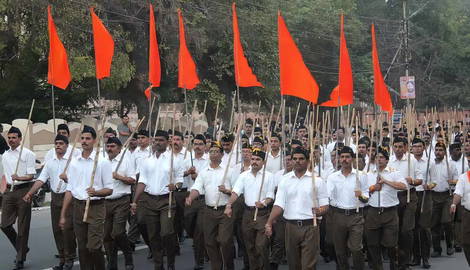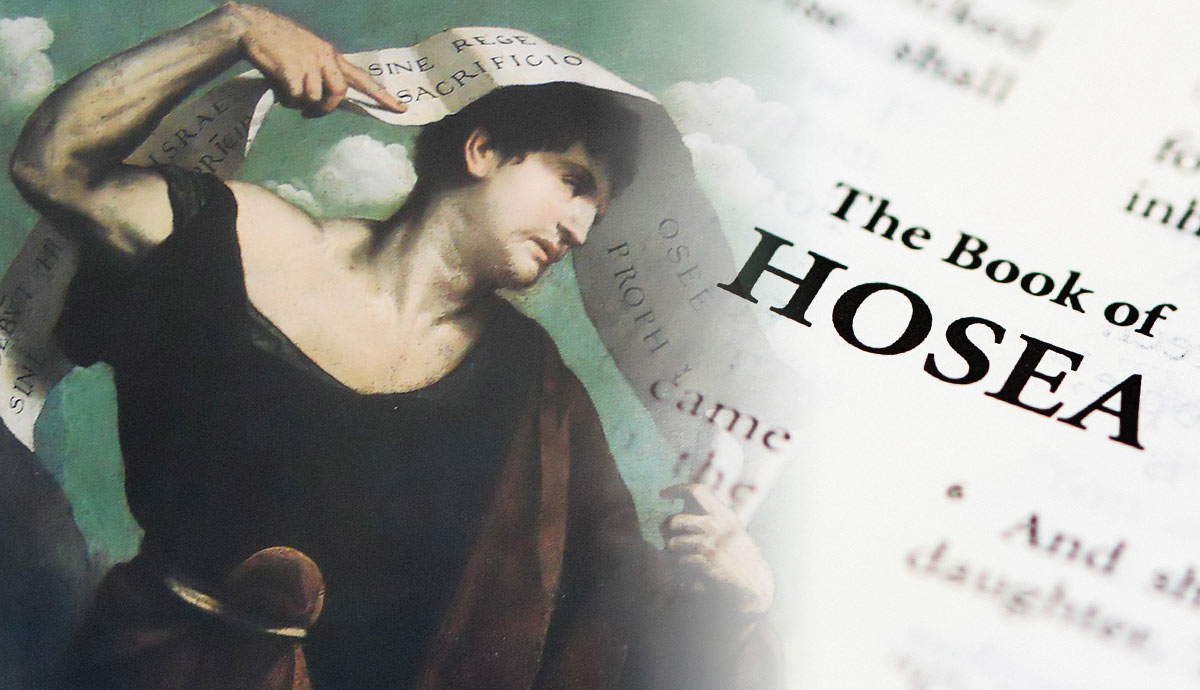
During the late-colonial period in India, passionate debates about Hinduism’s role in the future nation engaged Indian elites. Concepts of race, religion, and caste became integral to the question of Indian independence, the proposed character of the future nation, and ideas of the place and role of Hinduism in world history.
The politics of Hindutva originated with V.D Savarkar, were organized by a paramilitary political organization called the RSS, and are represented today in the politics of Narendra Modi and his Bharatiya Janata Party (BJP). On 26 February 2024, as Modi approached a historic third term, he paid tribute to Savarkar, emphasizing his “unwavering dedication to the nation’s freedom and integrity.”
The Father of Hindutva

Vinayak Damodar Savarkar (1883-1966), was a Brahmin political activist born in the Western Indian city of Nasik. Aged 23, he went to study in England and immersed himself in the nationalist writings of Giuseppe Mazanni. Drawing on Mazanni’s messianic ideas of the nation, Savarkar developed the idea of Hindutva as a political form of Hinduism.
In his 1923 work Essentials of Hindutva – later renamed Hindutva: Who is a Hindu? – Savarkar defined Hinduism as a political and cultural entity and agitated for a unified Hindu nation, free from Muslim influence.
Arguing that the Indian subcontinent was the territorial home of a once great Hindu civilization – subjugated and conquered first by Muslim invaders and later by the British – he claimed that the subcontinent belonged to the Hindus, and the Hindus alone.
Ironically, Savarkar’s Hindu nationalism was both deeply European and radically modern, as his ideas of an ancient, and glorious Hindu past were recruited into a nationalist project.
The Rashtriya Swayamsevak Sangh

Savarkar’s ideas inspired the formation of the Rashtriya Swayamsevak Sangh (RSS) in 1925 by fellow Brahmin Keshav B. Hegewar – in direct response to the non–violent politics of Mahatma Gandhi. An organized form of Hindutva, the RSS promotes Hindu unity against the idea of Indian Muslims as a dangerous fifth column, bent on undermining the nation from within. The organization aims to transform all aspects of Indian society into a Hindu state around the infamous Nazi constellation of ‘ein Volk, ein Reich, ein Führer’ (‘one people, one nation, one leader’).
Taking inspiration from Italian fascism and Adolf Hitler, the RSS believes that India belongs to Hindus and that the country’s minorities should be treated along the lines of the Nazi’s treatment of Jews. The organization was temporarily banned after RSS member Nathuram Godse assassinated Gandhi and again during The Emergency (1975-1977) under Prime Minister Indira Gandhi.
The Rise of Hindutva

Following the Emergency, the popularity of Hindutva politics surged and the RSS continued its rise to become one of the most successful right-wing organizations in the world. In the 1980s, amid decades of Congress misrule and stalled social development, India began to open up to foreign investment and international capital. Hindutva ideologues successfully profited from the ensuing economic crisis and social upheaval by blaming hostile secular Indian elites and “alien” Muslims for the nation’s woes.
On 6th December 1992, Hindutva militants destroyed the Babri Masjid, in Ayodhya, Uttar Pradesh, following an RSS-led campaign to build a temple to the Hindu god Ram on the site of the mosque. The Bombay Riots of 1992-3 left close to 900 Muslims dead.
In response, the Congress Party began adopting “soft” Hindutva themes to stay relevant. Consequently, Savarkar’s ideas regained prominence on the national stage. Albeit this time, resonating with a rapidly expanding, increasingly globalized middle class seeking a strong identity in the face of rapid social and economic change.
Hindutva Under Modi

Narendra Modi’s political career began with the RSS. After decades as a full-time organizer, he rose to become Chief Minister of Gujarat in 2001 and Prime Minister of India in 2014. His party, the Bharatiya Janata Party (BJP) functions as a political party, but in reality, serves as the political wing of the RSS.
Modi’s lifelong allegiance to the RSS has profoundly influenced his politics. In 2002, as Gujarat’s Chief Minister, he was held “directly responsible” by the UK Foreign Office for an anti-Muslim pogrom that killed over 1000 and displaced tens of thousands. The United States revoked his diplomatic visa.
In 2014, Modi’s visa ban was lifted as international leaders sought to curry favor with India’s new Prime Minister. Yet successive Modi governments have trampled over the democratic rights of the country’s minorities. Despite his positive international reputation, Modi continues to stand as the most aggressive symbol of Hindu supremacism and Hindutva politics in India today.
Based on his words and deeds, Modi’s India has become a hotbed of Hindu supremacism, political violence, and Hindutva politics.










